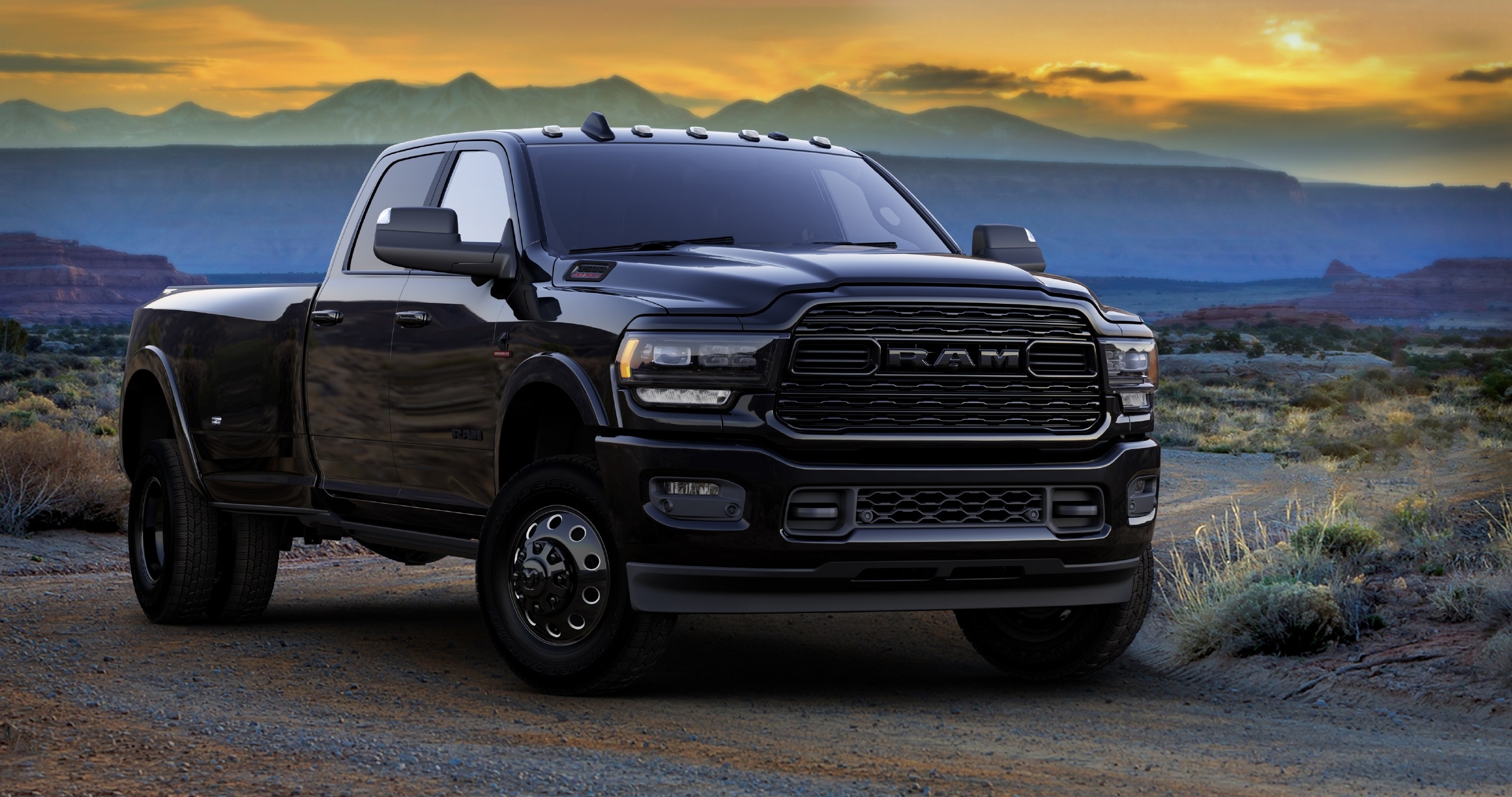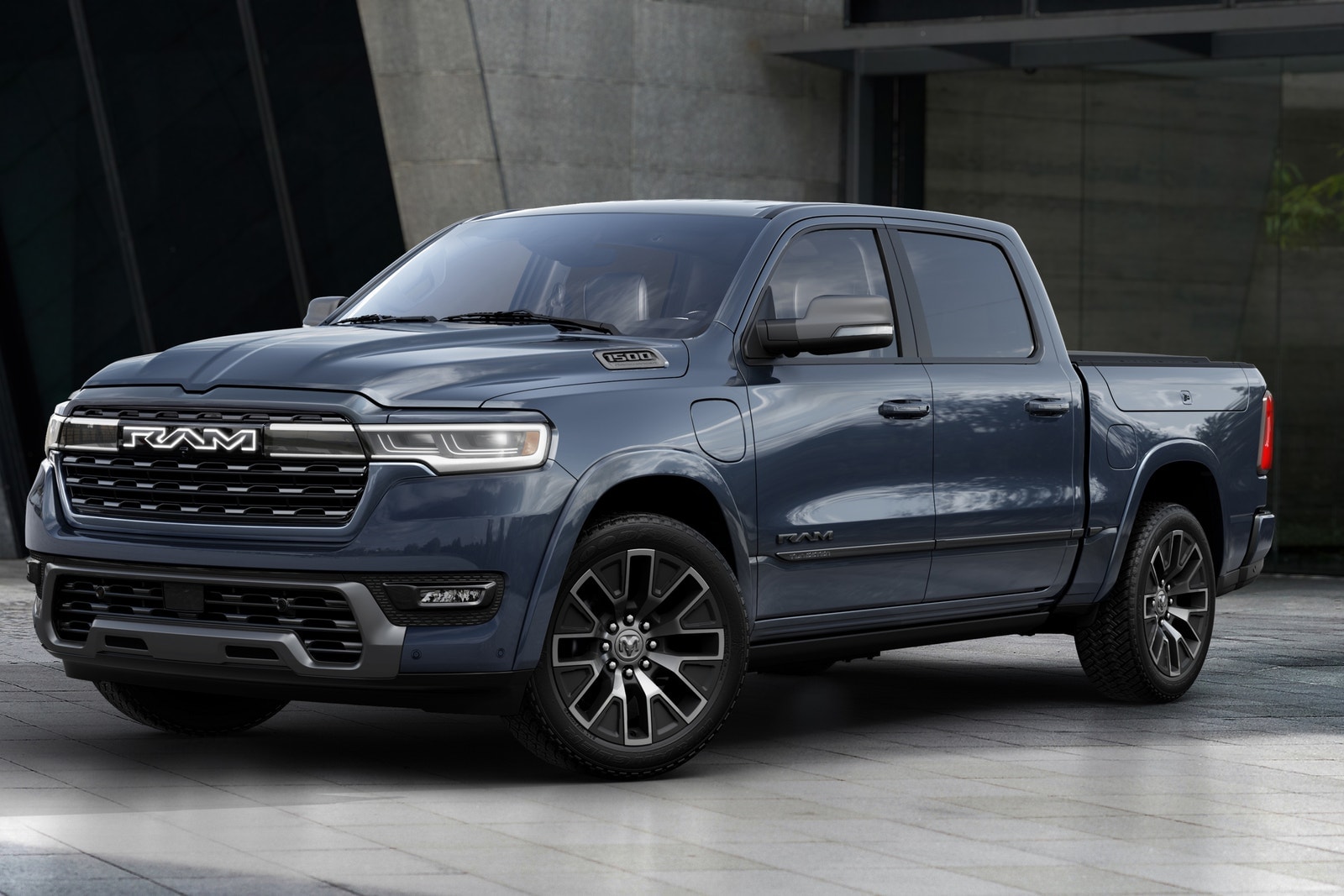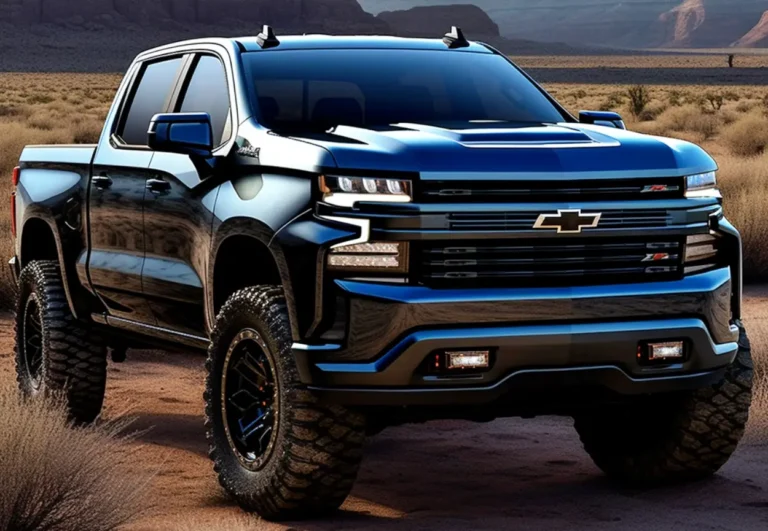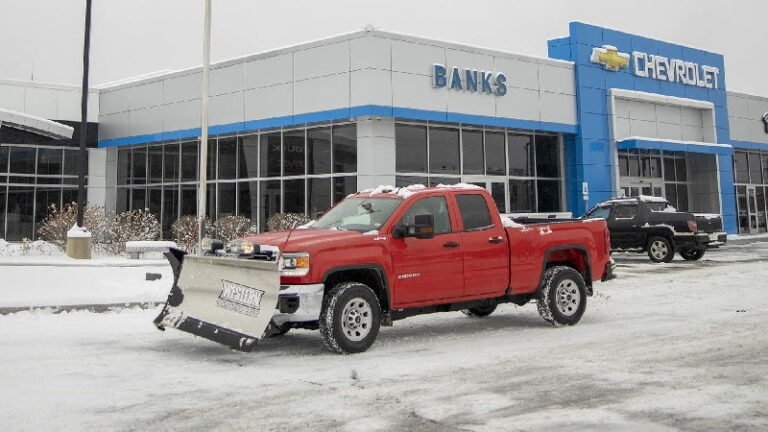Ram 2500 Cap Fitment Chart: Your Ultimate Guide to a Perfect Fit
Ram 2500 Cap Fitment Chart: Your Ultimate Guide to a Perfect Fit cars.truckstrend.com
The Ram 2500 is a powerhouse of a truck, known for its robust capabilities, impressive towing, and spacious bed. For many owners, maximizing the utility of their truck bed involves adding a truck cap, also known as a camper shell, topper, or bed cap. This accessory transforms your open bed into a secure, weather-protected storage area, making it invaluable for work, recreation, or everyday hauling. However, selecting the right cap is far from a one-size-fits-all endeavor. This is where the Ram 2500 Cap Fitment Chart becomes indispensable.
At its core, a Ram 2500 Cap Fitment Chart isn’t a single, physical document you purchase. Instead, it represents the critical information and guidelines that ensure a truck cap is perfectly compatible with your specific Ram 2500 model. It’s the knowledge base that helps you navigate the myriad of options to find a cap that not only looks great but also functions flawlessly, providing optimal protection and security for your cargo. Understanding this "chart" is crucial to avoiding costly mistakes, ensuring a watertight seal, and preserving the aesthetic and functional integrity of your heavy-duty truck.
Ram 2500 Cap Fitment Chart: Your Ultimate Guide to a Perfect Fit
Understanding the Ram 2500: Key Specifications for Cap Fitment
Before diving into cap options, it’s paramount to thoroughly understand your Ram 2500’s specific characteristics. Even slight variations between model years or configurations can drastically affect cap compatibility.
-
Model Year and Generation: Ram trucks undergo design changes periodically. A cap designed for a 4th generation Ram (2009-2018) will likely not fit a 5th generation Ram (2019-present) due to changes in bed rail contours, tailgate designs, and overall dimensions. Always verify the exact model year of your truck.
-
Bed Length: This is arguably the most critical dimension. Ram 2500 trucks typically come with two main bed lengths:

- 6’4" (Short Bed): Common with Crew Cab and Mega Cab configurations.
- 8′ (Long Bed): Often found on Regular Cab and some Crew Cab models.
- Crucial Tip: Do not rely solely on your truck’s marketing name. Physically measure your bed from the bulkhead (the front of the bed, nearest the cab) to the inside edge of the tailgate, along the top of the bed rail. Precision here is key.

-
Cab Type: While less direct, your cab type (Regular Cab, Crew Cab, Mega Cab) often dictates the available bed lengths, influencing the cap you’ll need.

RamBox Cargo Management System: This is a major differentiator. RamBox-equipped trucks have integrated storage compartments built into the bed rails. Standard truck caps are designed to sit flush on top of the bed rails; therefore, a RamBox system requires a specific cap designed with cutouts or a modified mounting system to accommodate the RamBox. Attempting to fit a standard cap on a RamBox truck will result in a poor fit, lack of sealing, and potential damage. Always confirm if your truck has the RamBox system.
-
Tailgate Design: Modern tailgates can have subtle curves or integrated spoilers that affect how the rear door of the cap seals. Cap manufacturers design their products to conform to these specific contours for a weather-tight fit.
The Anatomy of a Truck Cap: What to Look For
Understanding the components and types of truck caps will help you make an informed decision when consulting a "fitment chart" or speaking with a dealer.
-
Materials:
- Fiberglass: The most popular choice. It’s durable, paintable to match your truck’s color, and offers a sleek, integrated look. They are heavier but provide excellent insulation.
- Aluminum: Lighter, more utilitarian, and often more affordable. Favored for work trucks due to their ruggedness and ease of customization (e.g., ladder racks, toolboxes).
- ABS Plastic: Less common for heavy-duty trucks, but offers a lightweight and often more budget-friendly option.
-
Styles/Profiles:
- Cab-High: Sits flush with the top of your truck’s cab, maintaining the original lines of the vehicle.
- Mid-Rise: Slightly taller than cab-high, offering more interior cargo volume without being excessively high.
- High-Rise/Commercial: Significantly taller, providing maximum cargo space. Often preferred for commercial use or camping setups where interior headroom is desired.
-
Window Options: Sliding side windows (with screens for ventilation), fixed windows, dark tints for privacy, and even "windoors" that lift up for side access.
-
Door Types: The most common is a single rear liftgate, often with gas struts for easy opening. Some commercial caps offer barn-door style rear access.
-
Interior Features: Many caps come with carpeted headliners (for insulation and noise reduction), interior LED lighting, clothes hangers, and even integrated shelving or storage bins.
-
Mounting Systems: Most caps use a clamp-on system that attaches to the bed rails, making them removable. Some heavy-duty or commercial caps might be bolted on for extra security.
-
Brands: Reputable manufacturers like Leer, ARE, SnugTop, ATC, and Ranch offer a wide range of options specifically designed for Ram 2500 trucks.
Navigating the Ram 2500 Cap Fitment Chart: A How-To Guide
Finding the perfect cap involves a systematic approach, essentially "consulting" the metaphorical Ram 2500 Cap Fitment Chart.
-
Step 1: Accurately Identify Your Ram 2500’s Specifics.
- Year: Note the exact model year (e.g., 2021 Ram 2500).
- Cab Type: (e.g., Crew Cab, Mega Cab, Regular Cab).
- Bed Length: This is critical. Measure precisely from the inside of the bulkhead to the inside of the tailgate, along the top of the bed rail. For a 6’4" bed, you’ll typically measure around 76-77 inches. For an 8′ bed, it will be around 96-97 inches.
- RamBox Status: Check if your truck has the RamBox cargo management system. This is a non-negotiable factor for cap compatibility.
-
Step 2: Consult Manufacturer’s Fitment Guides.
- Once you have your truck’s details, visit the websites of reputable truck cap manufacturers (Leer, ARE, SnugTop, etc.).
- Most will have a "Build Your Own" or "Fitment Guide" tool where you input your truck’s year, make, model, and bed length. This tool acts as your digital "Ram 2500 Cap Fitment Chart," showing you which cap models are compatible.
- Alternatively, visit a local authorized dealer. They have access to comprehensive fitment charts and often possess invaluable experience with Ram trucks.
-
Step 3: Verify with VIN (Optional but Recommended).
- Some dealers or online retailers can use your Vehicle Identification Number (VIN) to pull up exact specifications for your truck, ensuring absolute accuracy.
-
Step 4: Understand the "Why" Behind Fitment.
- A cap designed for an 8′ bed will simply be too long for a 6’4" bed.
- A cap designed for a standard bed will not sit correctly on a RamBox bed due to the integrated storage bins on the bed rails.
- The bed rails themselves have specific contours (e.g., the "flares" near the cab and tailgate), which caps are molded to match perfectly for a watertight seal and aesthetic integration.
-
Step 5: Consider Future Needs.
- Are you likely to upgrade your truck in a few years? Caps are not typically transferable between different truck models or even different generations of the same model due to varying bed dimensions.
- Will you use it for work, camping, or general storage? This will influence the style (cab-high vs. high-rise) and features (side access, reinforced roof for racks).
Important Considerations and Potential Challenges
Even with a comprehensive fitment chart, some factors require careful thought:
- Accurate Measurement: The most common mistake is imprecise bed length measurement. Double-check, triple-check.
- RamBox Specificity: Emphasizing this again: RamBox-equipped trucks absolutely require RamBox-specific caps. Do not attempt to modify a standard cap or force a fit.
- Aftermarket Bed Accessories: If you have an aftermarket bed liner (especially an over-the-rail type), bed extender, or headache rack, ensure it doesn’t interfere with the cap’s mounting system or overall fit. Some spray-in liners are ideal as they don’t impact rail width.
- Professional Installation: While some enthusiasts opt for DIY, professional installation is highly recommended. It ensures proper sealing against water and dust, correct electrical wiring for interior lights or third brake lights, and secure mounting to prevent shifting or damage.
- Color Matching: If you choose a fiberglass cap, you’ll want it painted to match your truck. Reputable manufacturers use automotive paint codes to ensure a near-perfect match.
- Weight and Payload: A truck cap adds weight to your vehicle, which can affect your payload capacity and potentially your fuel economy (though often negligibly for a heavy-duty truck like the Ram 2500). Be mindful of your truck’s Gross Vehicle Weight Rating (GVWR).
Benefits of a Properly Fitted Truck Cap
Investing in the correct truck cap for your Ram 2500 yields numerous advantages:
- Superior Cargo Protection: Shields your gear from rain, snow, sun, and dirt, preserving its condition.
- Enhanced Security: Most caps come with lockable rear doors, turning your truck bed into a large, secure trunk, deterring theft.
- Increased Versatility: Transforms your truck into a multi-purpose vehicle suitable for camping, secure tool storage for work, or simply keeping groceries dry.
- Improved Aesthetics: A well-fitted, color-matched cap can significantly enhance the visual appeal of your Ram 2500, giving it a more finished and integrated look.
- Potential for Minor Fuel Economy Improvement: While debated for heavy-duty trucks, some studies suggest that a properly designed cap can improve aerodynamics, leading to marginal fuel savings over time.
Ram 2500 Cap Types and Estimated Price Ranges
The cost of a truck cap for your Ram 2500 can vary significantly based on material, features, and brand. The table below provides estimated price ranges, excluding installation, which typically runs from $150-$400 depending on complexity. These are general estimates and actual prices will vary by dealer, location, and specific options chosen.
| Cap Type / Material | Key Features | Estimated Price Range (USD) | Common Use Cases |
|---|---|---|---|
| Basic Aluminum Utility | Lightweight, durable, plain finish, often with side access doors or bare interior. | $1,500 – $2,500 | Work trucks, utility, basic protection. |
| Standard Fiberglass Cab-High | Color-matched, fixed side windows, rear liftgate, interior light. | $2,500 – $3,500 | General purpose, aesthetics, cargo protection. |
| Premium Fiberglass Cab-High | Color-matched, sliding/vented windows, carpeted headliner, LED lighting, power lock rear door, roof rack prep. | $3,500 – $5,000 | Enhanced aesthetics, recreational use, improved comfort. |
| Mid-Rise/High-Rise Fiberglass | Color-matched, increased interior height, various window/door options, often with interior shelving/liners. | $3,000 – $6,000+ | Camping, commercial use, hauling tall items. |
| RamBox-Specific Fiberglass | Designed specifically for RamBox beds, includes necessary cutouts and sealing. Features vary. | $3,000 – $5,500+ | RamBox-equipped trucks, maintaining RamBox functionality. |
Note: Prices are estimates and subject to change based on manufacturer, dealer, specific features, and market conditions.
Frequently Asked Questions (FAQ) about Ram 2500 Cap Fitment
Q1: Can I use a truck cap from a Ford F-250 or Chevy Silverado 2500 on my Ram 2500?
A: No. Truck beds, even within the same class, have different dimensions, rail contours, and tailgate designs across manufacturers. A cap designed for one brand will not properly fit another.
Q2: Do RamBox beds require special caps?
A: Yes, absolutely. Standard truck caps are not compatible with RamBox beds due to the integrated storage compartments on the bed rails. You must purchase a cap specifically designed for RamBox compatibility.
Q3: How do I accurately measure my Ram 2500’s bed length?
A: Measure from the inside of the bulkhead (the wall closest to the cab) to the inside edge of the tailgate, along the top of the bed rail. Use a tape measure and get an exact measurement in inches.
Q4: Is DIY installation of a truck cap recommended for a Ram 2500?
A: While possible for mechanically inclined individuals, professional installation is highly recommended. Professionals ensure a proper, watertight seal, correct electrical connections for lighting, and secure mounting to prevent issues down the road.
Q5: Does adding a truck cap affect my Ram 2500’s warranty?
A: Generally, no. Adding a truck cap is considered an aftermarket accessory and typically does not void your truck’s warranty, as long as the installation does not cause direct damage to factory components.
Q6: What’s the main difference between a cab-high and a mid-rise truck cap?
A: A cab-high cap sits flush with the top of your truck’s cab. A mid-rise cap is slightly taller than the cab, offering more interior cargo volume and headroom within the bed area.
Conclusion
The "Ram 2500 Cap Fitment Chart" is less of a physical document and more of a critical understanding of how your truck’s specific dimensions and features dictate compatible truck cap options. A perfect fit isn’t just about aesthetics; it’s about maximizing cargo protection, ensuring security, and preserving the long-term functionality of both your cap and your Ram 2500. By diligently identifying your truck’s exact specifications, consulting manufacturer guides, and considering professional installation, you can confidently choose a truck cap that seamlessly integrates with your Ram 2500, transforming it into an even more versatile and capable vehicle for all your needs. Invest the time in research, and you’ll reap the benefits of a perfectly matched and highly functional truck cap for years to come.






